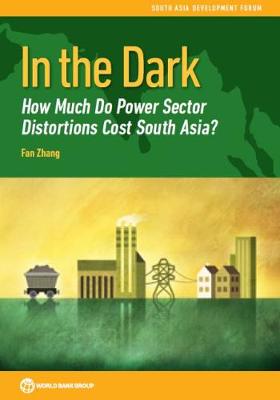South Asia Development Forum
1 total work
Electricity shortages are among the biggest barriers to South Asia's development. Some 255 million people - more than a quarter of the world's off-grid population - live in South Asia, and millions of households and firms that are connected experience frequent and long hours of blackouts. Inefficiencies originating in every link of the electricity supply chain contribute significantly to the power deficit. Three types of distortions lead to most of the inefficiencies: institutional distortions caused by state ownership and weak governance; regulatory distortions resulting from price regulation, subsidies, and cross-subsidies; and social distortions (externalities) causing excessive environmental and health damages from energy use. Using a common analytical framework and covering all stages of power supply, In the Dark identifies and estimates how policy-induced distortions have affected South Asian economies. The book introduces two innovations. First, it goes beyond fiscal costs, evaluating the impact of distortions from a welfare perspective by measuring the impact on consumer wellbeing, producer surplus, and environmental costs. And second, the book adopts a broader definition of the sector that covers the entire power supply chain, including upstream fuel supply and downstream access and reliability. The book finds that the full cost of distortions in the power sector is far greater than previously estimated based on fiscal cost alone: The estimated total economic cost is 4-7 percent of the gross domestic product in Bangladesh, India, and Pakistan. Some of the largest costs are upstream and downstream. Few other reforms could quickly yield the huge economic gains that power sector reform would produce. By expanding access to electricity and improving the quality of supply, power sector reform would also directly benefit poor households. The highest payoffs are likely to come from institutional reforms, expansion of reliable access, and the appropriate pricing of carbon and local air pollution emissions.
